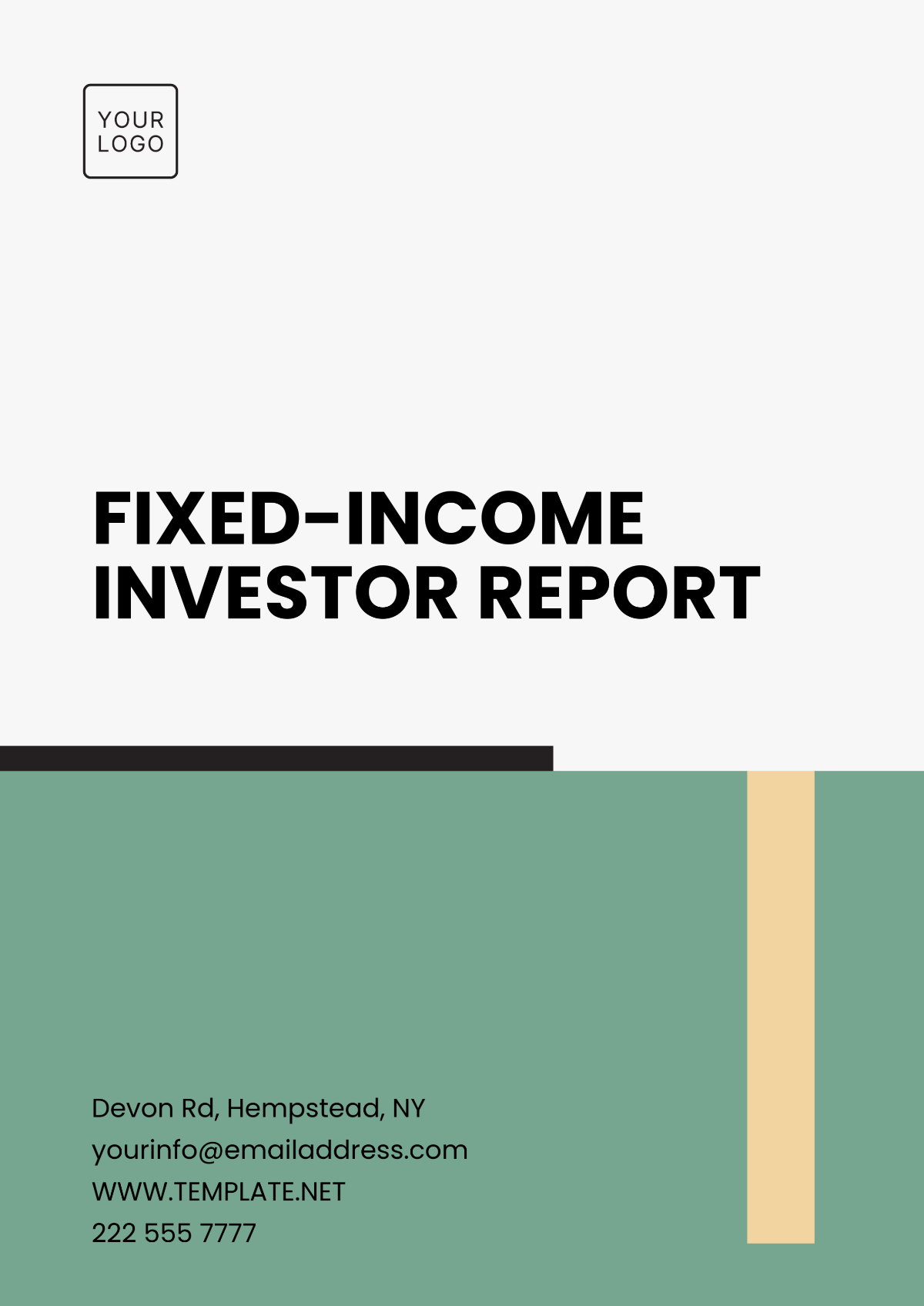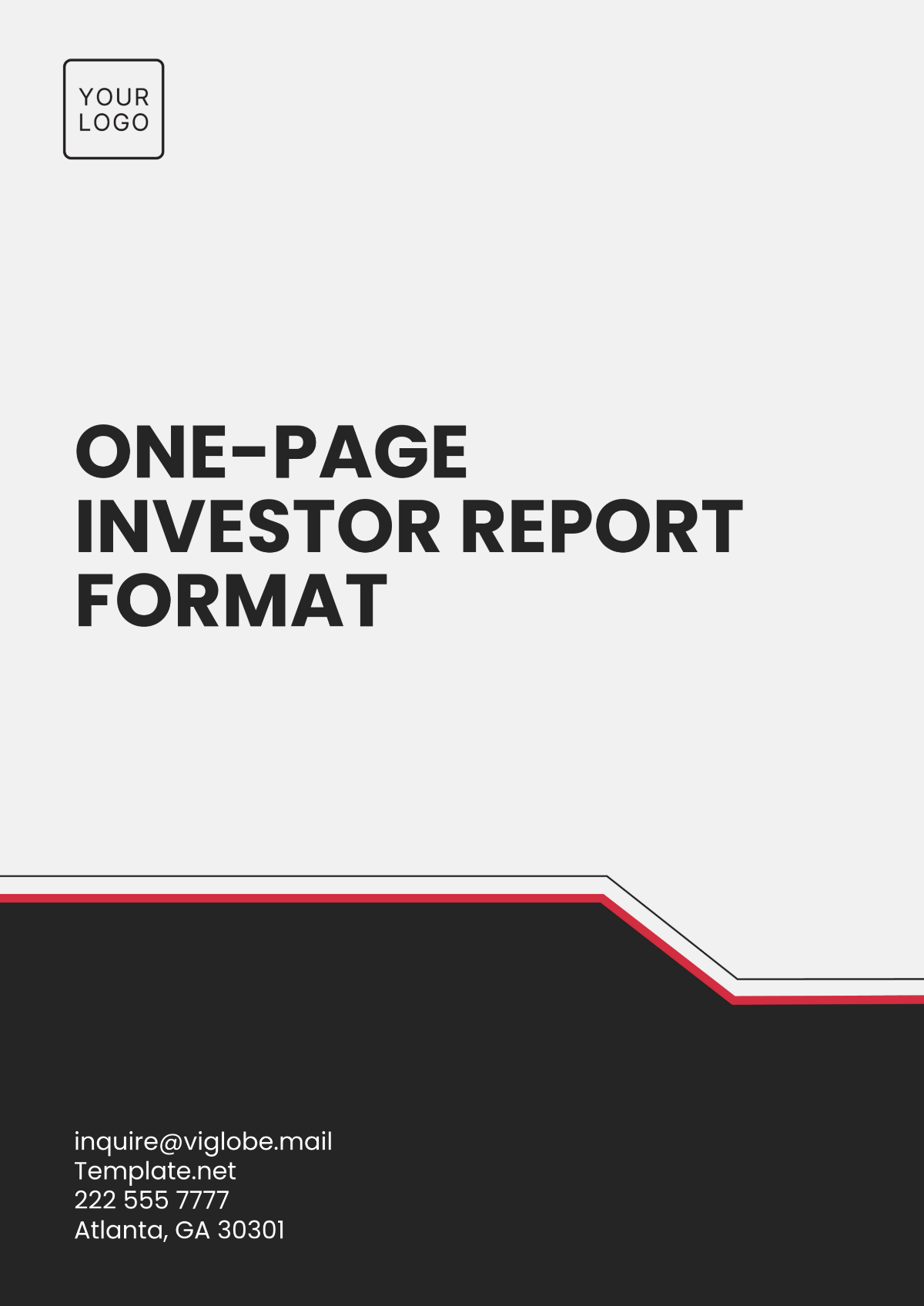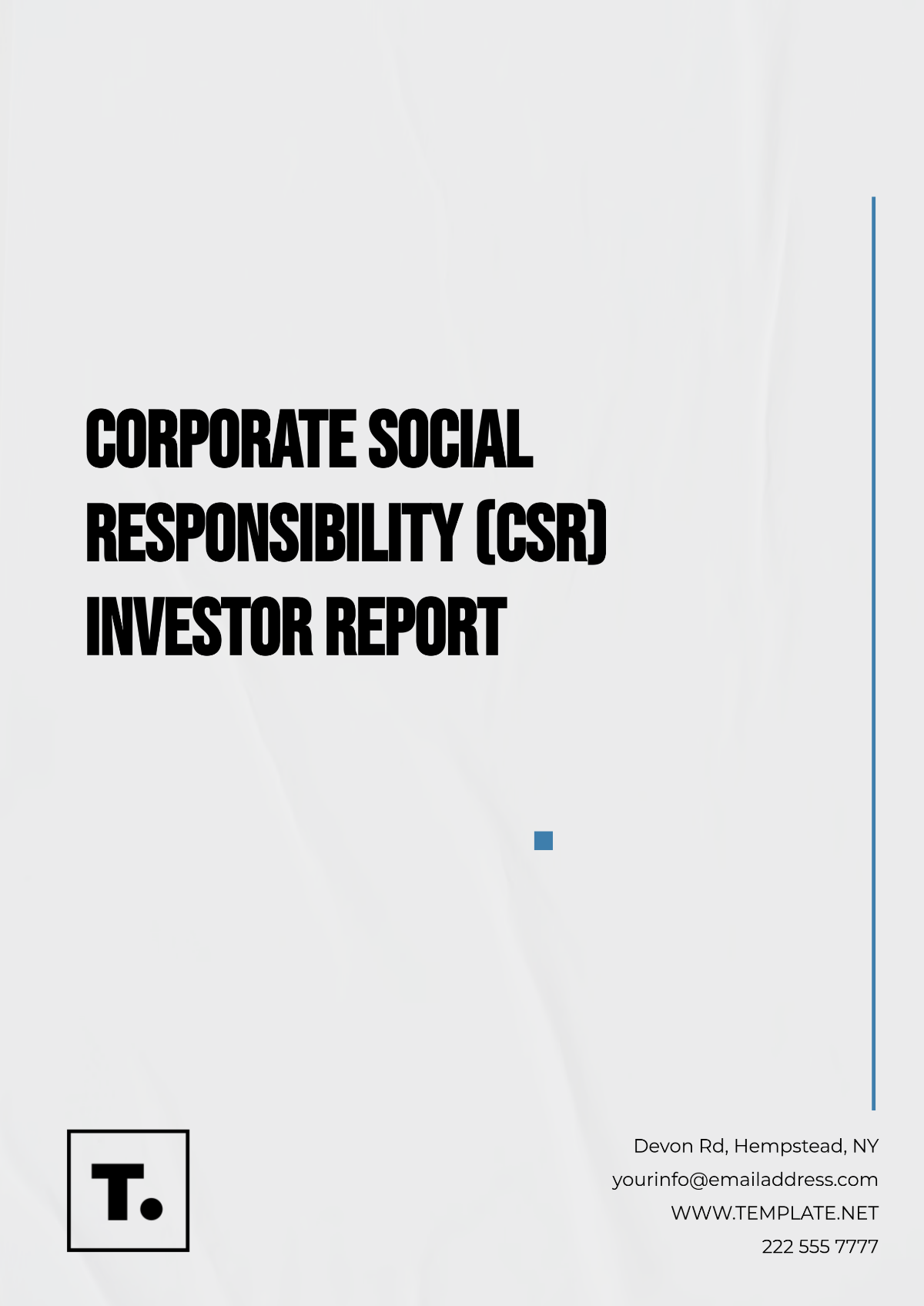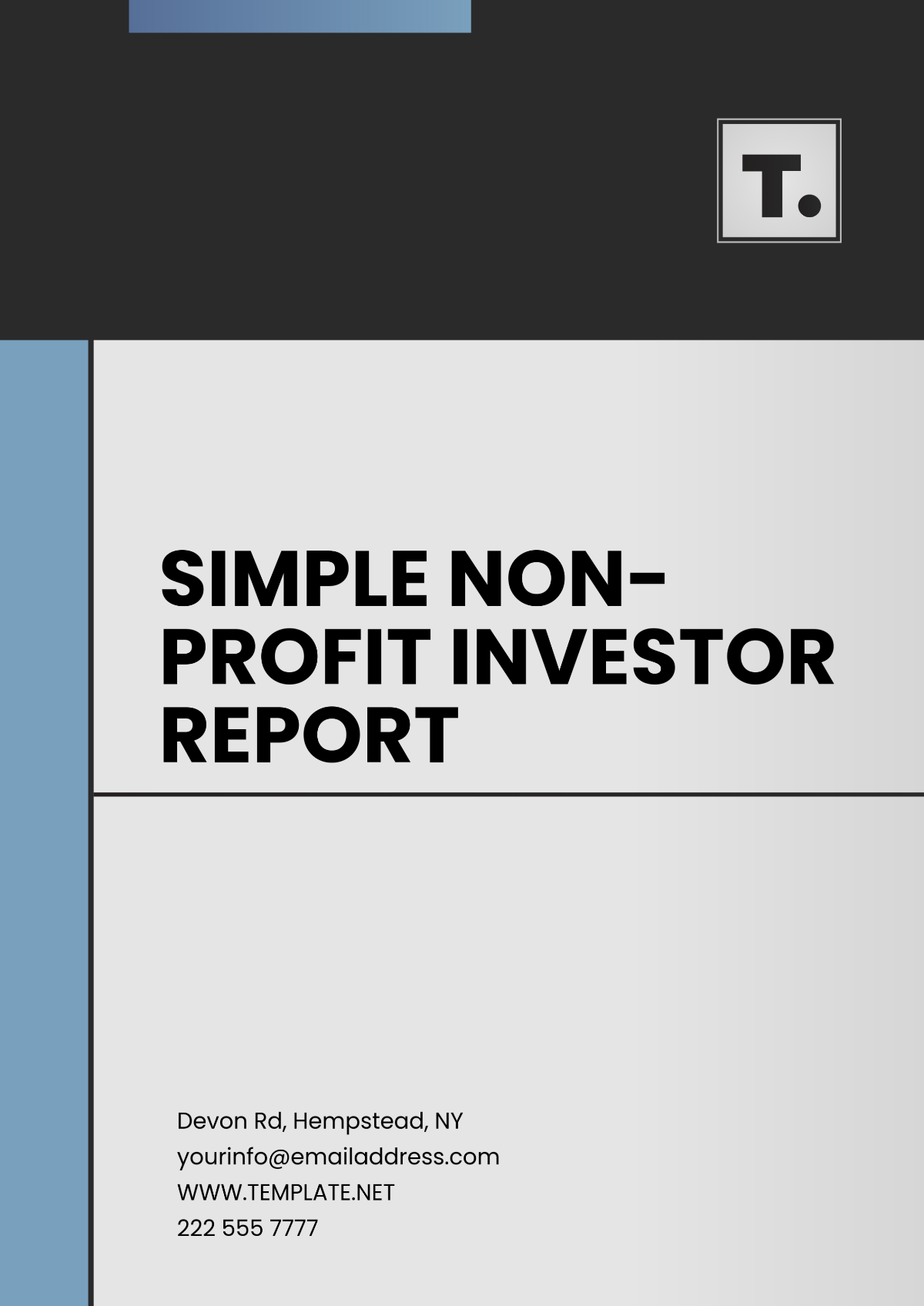FIXED-INCOME INVESTOR REPORT
Prepared By: [Your Name]
Date: [Date]
Introduction
The fixed-income market plays a crucial role in the global financial system by providing investors with a predictable income stream and preserving capital. This report aims to provide a comprehensive overview of the current state of the fixed-income market, investment strategies, risks, and market outlook.
Market Overview
The fixed-income market is primarily comprised of government bonds, corporate bonds, municipal bonds, and asset-backed securities. Each of these instruments has unique characteristics and can be used to achieve various investment goals, such as income generation, diversification, and risk management.
Government Bonds
Government bonds are issued by national governments and are considered one of the safest investments due to their low default risk. Investors are typically attracted to government bonds for their stability and regular interest payments, which are often referred to as coupons.
Corporate Bonds
Corporate bonds are issued by companies seeking to raise capital. These bonds generally offer higher yields than government bonds to compensate for the increased credit risk. Corporate bonds can vary significantly in terms of credit quality, ranging from investment-grade to high-yield bonds.
Municipal Bonds
Municipal bonds are issued by states, municipalities, or counties to fund public projects. These bonds are typically tax-exempt at the federal level, making them attractive to investors in higher tax brackets.
Asset-Backed Securities
Asset-backed securities (ABS) are financial securities backed by a pool of assets, such as loans, leases, credit card debt, or receivables. ABS can offer higher yields, but they also come with increased complexity and risk.
Investment Strategies
Investors in the fixed-income market often pursue a variety of strategies to optimize their portfolios based on risk tolerance, income requirements, and market conditions.
Laddering
Laddering involves purchasing bonds with different maturity dates. This strategy helps reduce interest rate risk and provides a steady stream of income as bonds mature at regular intervals.
Barbell Strategy
The barbell strategy involves investing in short-term and long-term bonds, while avoiding intermediaries. This approach allows investors to capture higher yields from longer-term bonds while maintaining liquidity with short-term holdings.
Bullet Strategy
The bullet strategy focuses on bonds that mature at roughly the same time. Investors expecting future cash needs often adopt this approach to ensure funds are available at a specific time.
Risks in Fixed-Income Investments
While fixed-income investments are generally regarded as safer than equities, they carry specific risks that investors need to evaluate and manage.
Interest Rate Risk: The risk that changes in interest rates will affect bond prices inversely.
Credit Risk: The risk that the bond issuer may default on interest payments or principal repayment.
Prepayment Risk: The risk that a bond will be paid off earlier than expected, thus affecting returns.
Inflation Risk: The risk that inflation will erode the purchasing power of the bond's future cash flows.
Liquidity Risk: The risk that an investor may not be able to sell bonds quickly at a fair price.
Market Outlook
The fixed-income market is influenced by a variety of factors, including economic conditions, interest rate trends, and geopolitical events. Investors should stay informed about these elements to adjust their strategies accordingly.
Economic Conditions
Fixed-income markets closely monitor economic indicators such as GDP growth, unemployment rates, and inflation. Strong economic growth may lead to rising interest rates, which can negatively impact bond prices.
Interest Rate Trends
Central banks play a critical role in setting interest rate policies that influence fixed-income markets. Investors should analyze central bank statements and minutes to anticipate changes in monetary policy.
Conclusion
Fixed-income investments provide valuable benefits including income generation, diversification, and relative safety. However, understanding the nuances of different fixed-income instruments and strategies is essential for optimizing investment outcomes. By considering market conditions, interest rate trends, and underlying risks, investors can make informed decisions to align with their financial objectives.
Data Summary
Type | Issuer | Yield (%) | Risk Level |
|---|
Government Bonds | National Governments | 2.0 - 3.0 | Low |
Corporate Bonds | Corporations | 3.5 - 7.0 | Varies |
Municipal Bonds | State/Local Governments | 2.5 - 4.5 | Low to Medium |
Asset-Backed Securities | Financial Institutions | 4.0 - 6.5 | Medium to High |
Report Templates @ Template.net





























